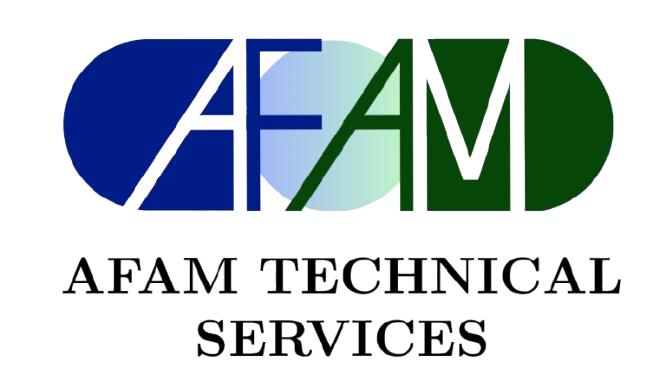In today’s fast-paced world, equipment and systems must run smoothly without unexpected breakdowns. That’s where preventive maintenance comes in. Whether you manage a factory, office, or even a home HVAC system, applying preventive maintenance can save you money, increase equipment life, and improve overall efficiency.
Let’s explore how preventive maintenance works and why it’s essential for every business and home.
🔧 What Is Preventive Maintenance?
Preventive maintenance (PM) is the practice of regularly checking and servicing equipment to prevent unexpected failures. Instead of waiting for something to break, preventive maintenance keeps systems in good condition through scheduled inspections, cleaning, lubrication, and repairs.
It’s like going to the doctor for a checkup—even when you feel fine—to catch any problems early.
💰 How Preventive Maintenance Saves Costs
Many people delay maintenance to “save money.” But the truth is, preventive maintenance is more affordable than emergency repairs or full equipment replacements.
Here’s how it saves you money:
- ✅ Reduces Costly Breakdowns: Fixing a small issue early prevents major damage.
- ✅ Lowers Energy Bills: Well-maintained machines use less power.
- ✅ Extends Equipment Life: Regular care keeps systems running longer.
- ✅ Avoids Downtime: No interruptions in work or production due to surprise failures.
⚙️ Boost Efficiency with Regular Maintenance
Efficiency doesn’t just mean speed—it also means using fewer resources to get better results. Preventive maintenance helps by:
- 🌀 Improving system performance
- 🌡️ Keeping HVAC systems clean and balanced
- ⚡ Preventing power loss and overheating
- 🔄 Ensuring parts work together smoothly
For example, regularly changing HVAC filters or lubricating motor parts can make a huge difference in how efficiently your system runs.
🗓️ Examples of Preventive Maintenance Tasks
Here are some common tasks done during preventive maintenance:
- Checking electrical connections
- Cleaning or replacing air filters
- Lubricating moving parts
- Testing thermostat or control panels
- Inspecting belts, fans, and motors
- Updating software for smart devices
These simple tasks, when done regularly, prevent big problems later.
🏢 Who Should Use Preventive Maintenance?
- Homeowners (for HVAC, appliances, plumbing)
- Business owners (for machinery, IT systems, lighting)
- Facility managers (in hospitals, factories, schools)
- Vehicle owners (for cars, trucks, bikes)
In short, anyone who uses valuable equipment should follow a maintenance plan.
